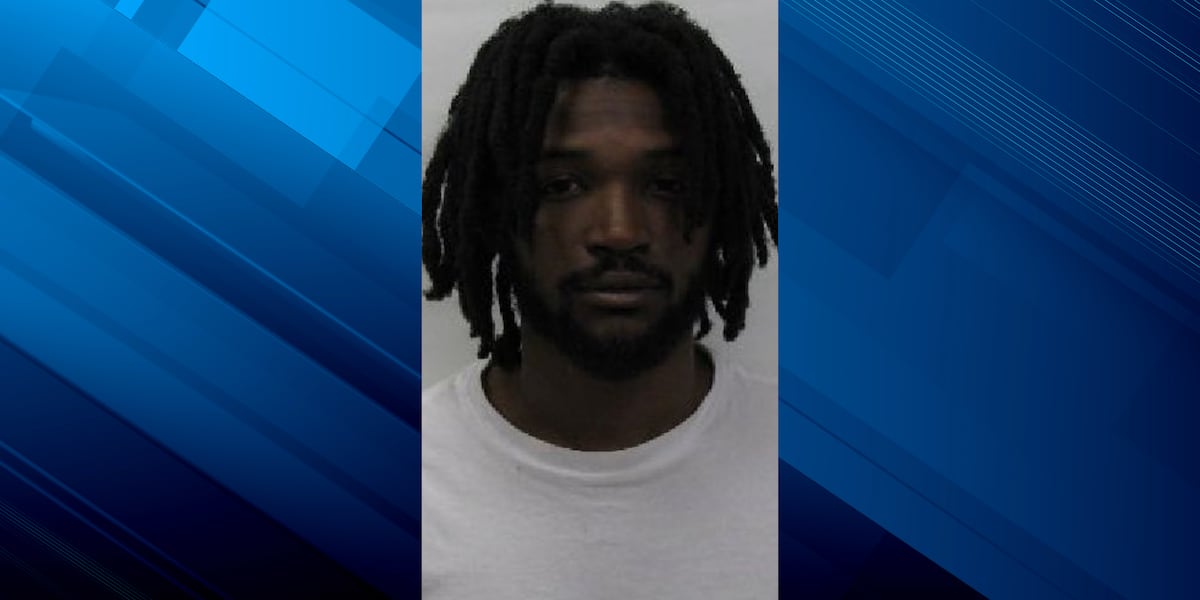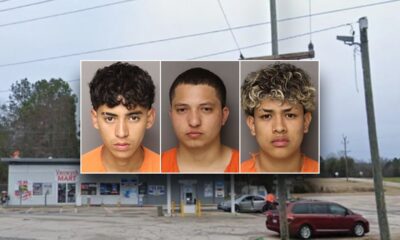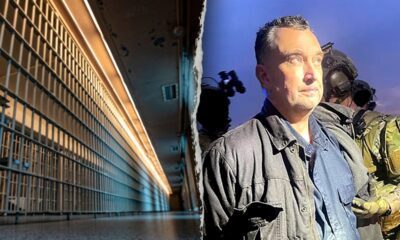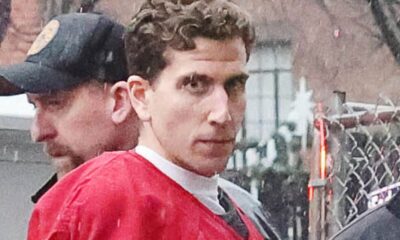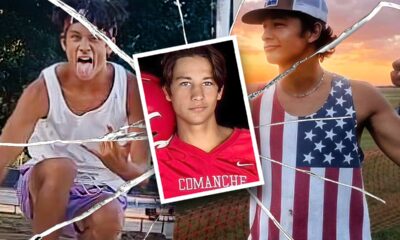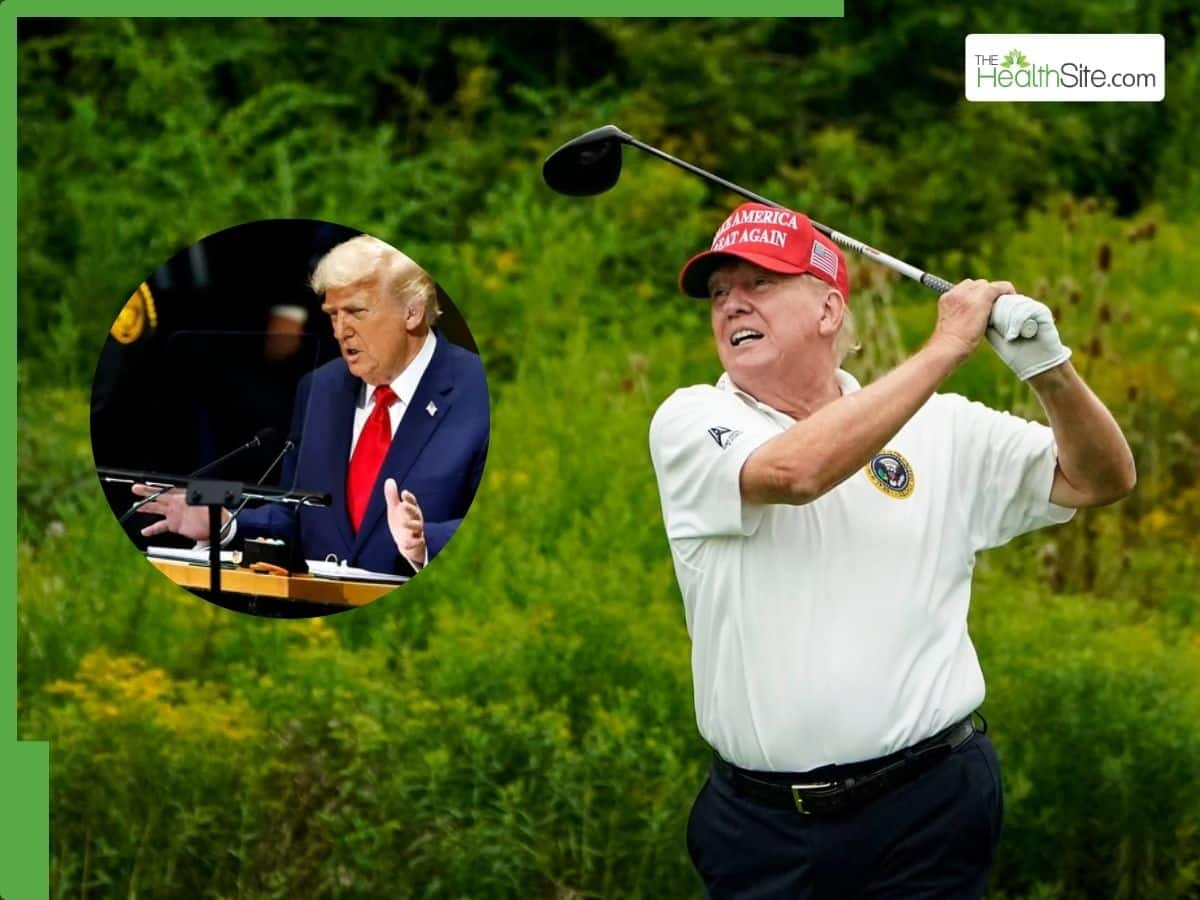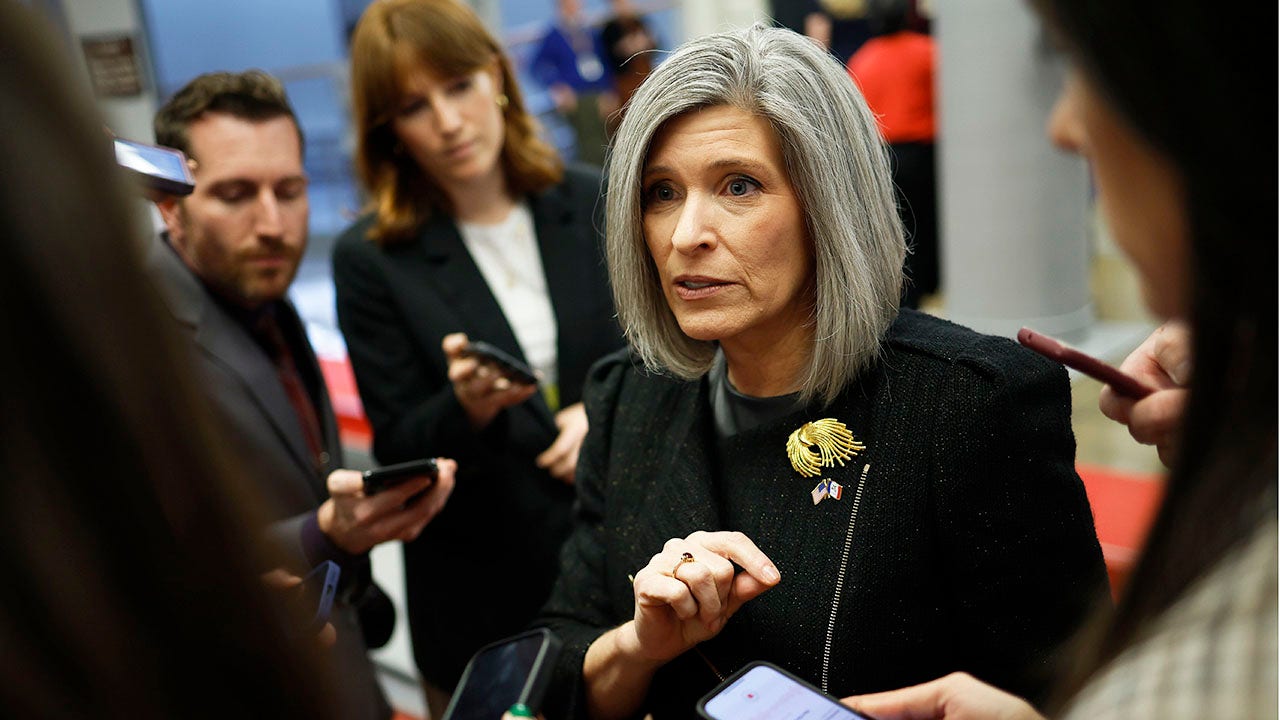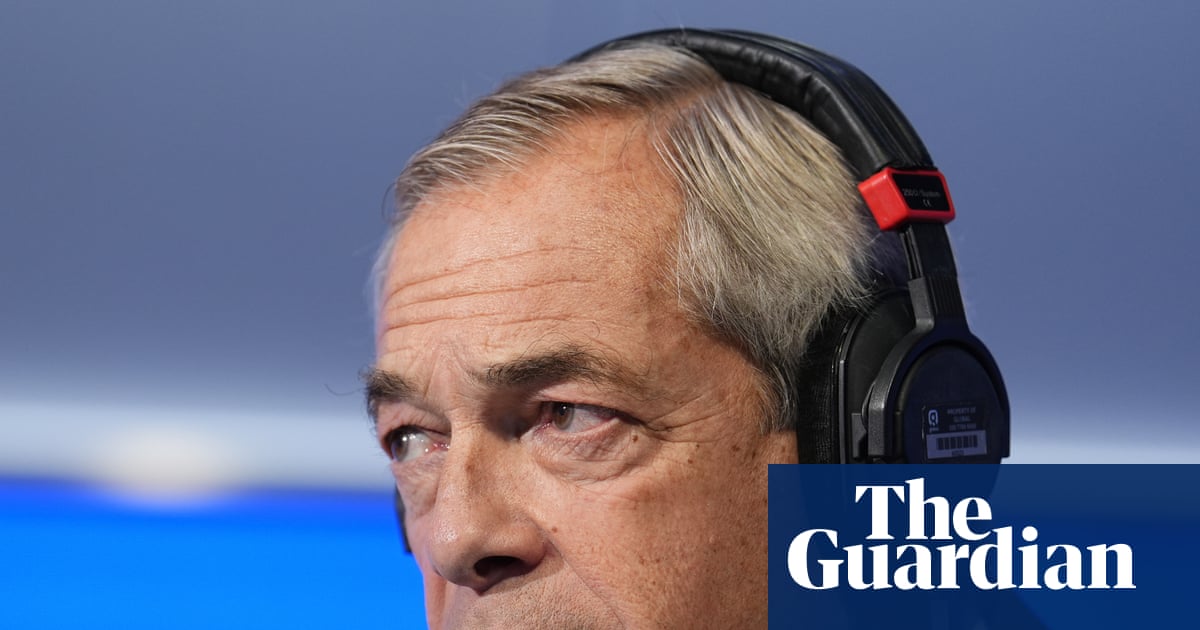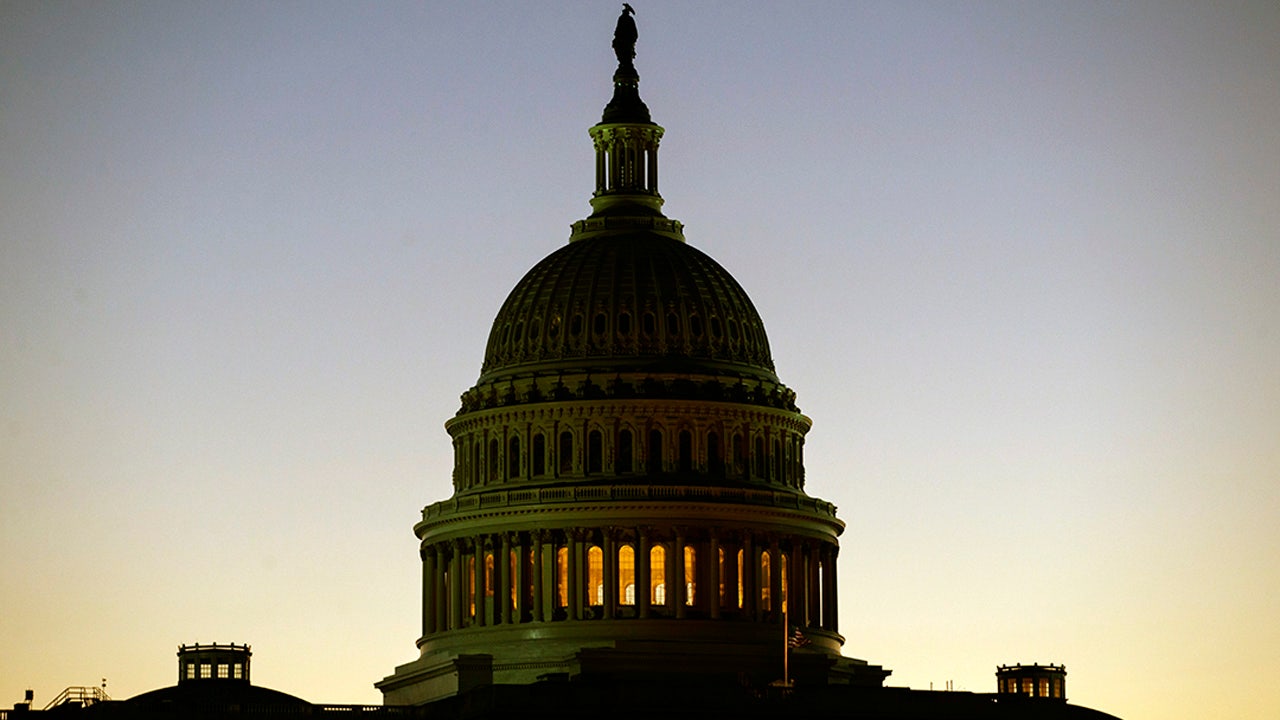For the first time since 2015, Arizona has started off the season 3-0. After the 23-17 win over Kansas State, they have shown that this is a team to not take lightly.
Kansas
Kansas City ATF: Parking lots are targets for criminals in search of guns

KANSAS CITY, Mo. — At the time of this story, the Kansas City area has seen 105 homicides in the 2023 calendar year. In the majority of those cases, the victim was shot.
The Kansas City Field Division of the Bureau of Alcohol, Tobacco, Firearms and Explosives (ATF) is heavily involved with the KCMO Police Department in tracking the use of guns involved in crimes.
“ATF is also very focused on ballistics intelligence being recovered at these crime scenes,” said John Ham, senior investigator for Kansas City ATF’s Field Division. “We may not know who the person pulling the trigger is, but we can tell you the criminal history of that gun.”
Ham told KSHB 41 that a major trend right now in KC is the theft of firearms from personal vehicles.
“Particularly outside of entertainment districts, sporting venues, places where firearms are not allowed to be carried in the state of Missouri,” Ham said. “Those parking lots have become real targets for criminals to break in, looking primarily for firearms.”
Ham urged gun owners to be more aware of how they advertise they may be in possession of a gun.
“If you’ve got a vehicle that has a number of firearms [or] manufacturer bumper stickers on it, that’s something that potential thieves look for, and they’ll target houses where those cars are parked,” Ham said. “Same thing goes for what you’re posting on social media. Certainly, if you’re posting a lot of pictures, etc., with firearms, and those pictures are set so that anyone in the public can see those.”
Another step gun owners should take, but aren’t, according to Ham, is making note of a gun’s identifying details.
“A huge number of stolen firearms go unreported because the owners don’t have the make, model and serial number we need to put that gun in the system as stolen,” Ham said. “In the event that your gun is stolen, that’s going to provide you the opportunity to get that firearm back.”
Ham said such information should be kept separate from the gun.

Kansas
Trial challenging several Kansas abortion laws starts on Friday

WICHITA, Kan. (KWCH) – A trial starting on Friday in Johnson County could determine what doctors must do before providing an abortion in Kansas.
The lawsuit, filed in 2023 by the Center for Reproductive Rights and Planned Parenthood, challenges four abortion-related laws passed by state lawmakers. Kansas Attorney General Kris Kobach is defending the laws.
One law requires doctors to warn patients that abortions may increase the risk of premature birth or breast cancer. A judge has already paused that provision, ruling the claims are not backed by credible medical evidence.
The lawsuit also challenges requirements for abortion paperwork, including strict rules about fonts, font sizes, and even paper color. Another law mandates a 30-minute waiting period after patients meet with a provider, which opponents argue is medically unnecessary.
Related Content
Doctors are also required to tell patients at least five times that a medication abortion can be reversed, something the groups call misleading.
Alice Wang, an attorney with the Center for Reproductive Rights, says the laws interfere with Kansas voters, who want abortion care rights.
“The government has no business inserting itself into what should be the privacy of the doctor’s office and the patient’s provider relationship,” said Wang. “It’s no one’s business what you do with your body other than your own.”
12 News did reach out to the Attorney General’s Office, but did not receive a response.
Copyright 2025 KWCH. All rights reserved. To report a correction or typo, please email news@kwch.com
Kansas
Eagles push their way to a 20-17 win in Kansas City

Sunday’s game in Kansas City didn’t bear much resemblance to Super Bowl LIX on the scoreboard, but the result was the same as it was in New Orleans in February.
The Eagles converted a first down on a tush push on the first play after the two minute warning and the clock ran out on their 20-17 win from there. When taken with the Super Bowl and the first game of this season, it marks the first time that the Chiefs have lost three straight games with Patrick Mahomes as their starting quarterback.
It was one of many notable tush pushes during the game. The Eagles upped their lead to 20-10 in the fourth quarter when Jalen Hurts scored one play after being stopped short by the Chiefs defense. Replays showed that the Eagles had a false start on the play, but officials didn’t flag it and they didn’t flag another one with another apparent infraction on the next Eagles drive. The Chiefs also argued that they stripped Hurts of the ball on the final tush push, but officials ruled he was down with possession of the ball.
In addition to the false starts, it looked like Eagles lined up in the neutral zone on some of the sneaks and the importance of those plays could lead to further fuel for those who want to take the play out of the game.
The Chiefs were able to get back within a field goal on a 49-yard touchdown pass from Mahomes to wide receiver Tyquan Thornton, but the Chiefs will rue the turn of events that led to Hurts’ touchdown run. Mahomes hit tight end Travis Kelce in the hands with a pass just outside the end zone, but Kelce couldn’t catch it and Eagles safety Andrew Mukuba picked the ball off.
If Kelce held on, the Chiefs might have found a way to pull out the win but that result wouldn’t have been able to fully obscure the offensive difficulties that they’ve had through the first two weeks of the season. Mahomes had 70 of his 187 passing yards on the team’s final possession and his regular season career-high 69 rushing yards were more than the rest of the team combined. They’ll be in New Jersey to face the Giants next Sunday night and if they can’t get well there, it will be time to worry about the unit’s capabilities this season.
The Eagles offense wasn’t much better and the Chiefs ended up outgaining them for the afternoon. Hurts was 15-of-22 for 101 yards and Saquon Barkley ran 22 times for 88 yards and a touchdown, but a 28-yard catch for DeVonta Smith was the only explosive play for the team’s wide receivers after an even quieter Week 1 against the Cowboys.
While road wins and stout defenses have a way of obscuring flaws, history says that there will be some hand-wringing about the Eagles offense if it can’t get in gear soon. The next chance will come against the 2-0 Rams in Philly next Sunday.
Kansas
Grading Arizona football’s performance in win over Kansas State

The bye week comes at a perfect time, it gives the Wildcats a chance to rest and plenty of time to prepare for a very tough Iowa State team.
Here are the grades for the offense, defense, special teams, and coaching:
On the first drive, Arizona was able to get inside Kansas State territory but settled for a field goal. To start the second drive, Ismail Mahdi ripped off a 60 yard run.
A couple plays later, Noah Fifita ran it into the endzone to start the scoring for Arizona.
Luke Wysong would have a 27 yard catch and run on the third drive of the game, putting the offense into the redzone. The drive would stall out after that, forcing another field goal attempt.
On a solid march down the field, Fifita would find the endzone on the ground for the second time from one yard out.
In the first half, the offense would finish with 257 total yards. The second half would start off with a three and out.
After a 34-yard run by Mahdi, Javin Whatley would throw an interception on a trick play to end the drive quickly.
After Mahdi continued his strong night with a 15 yard run, more holding penalties would kill the drive, and the offense settled for another field goal.
Starting the fourth quarter, the offense would not do anything and punted.
On third and 15, Mahdi would take a dump down pass from Fifita and turn it into a 27 yard gain. Even with the conversion, the drive would stall and yet again it would settle for a field goal.
The bright side to that drive was that it took seven minutes and 30 seconds off the game clock.
With 412 total yards on the night, the offense definitely showed that it can move down the field in different ways. Now it needs to improve on finishing those drives in the end zone.
Arizona’s defense started off hot, forcing a three and out. However, after a special teams blunder, it was right back onto the field for Danny Gonzales’ crew.
It ended up holding Kansas State to a field goal after Treydan Stukes and Deshawn McKnight got to Avery Johnson for a third down sack.
Despite Kansas State getting into Arizona territory, the defense would force a fourth down attempt and would end up getting the stop.
On the fourth Kansas State drive of the game, the defense would force its second three and out of the game.
Continuing the first half dominance, the defense would force another punt by Kansas State. In the first half, the defense would only allow 44 total yards of offense.
The second half would not be the most ideal start for the defense. Kansas State would score on the first play, and it would be the first touchdown Arizona’s defense had let up on the season.
Off another special teams blunder, Arizona would have to defend a short field. Kansas State would score and tie the game.
Just when it would seem that Kansas State could take control of the game, Arizona’s defense came up with a three and out to stop the bleeding that started quickly in the second half.
Late in the third quarter, when Kansas State went for it on fourth down at the Arizona 40 yard line, Jay’vion Cole came up with a huge pass breakup to force the turnover on downs.
Forcing Kansas State to punt for the fourth time, the fourth quarter would start off strong for the defense. Then, for the third time, Gonzales’ crew would stop Kansas State on fourth down to seal the victory.
Overall, the defense held Kansas State to 193 total yards of offense. They had a near perfect game, outside of the long touchdown run. The other touchdown was set up by a mistake on special teams.
Genesis Smith led the team in tackles for the game with eight and also had three crucial pass breakups.
After marching down the field on the opening drive, the offense could not find the endzone, which brought out Michael Salgado-Medina. He would miss from 47 yards out.
When the defense forced a three and out, Kansas State would end up punting. Unfortunately, Jeremiah Patterson would get bumped by a Kansas State and in doing so it would touch Patterson.
This resulted in what would be called a fumble and Kansas State would recover.
In the second quarter, Salgado-Medina would be called upon again and redeemed himself from 31 yards out.
Right before halftime, Arizona would end up punting but Kansas State would muff the punt and Dalton Johnson would recover for UA.
On his third field goal attempt of the night, Salgado-Medina would miss from 62 yards out to end the first half.
The night for Salgado-Medina started to get worse as the first punt of the second half would be dropped and blocked, setting Kansas State up at the UA 13 yard line.
Late in the third, Salgado-Medina would hit from 31 yards again. He would also hit again from 41 yards late in the fourth quarter.
With an opportunity to put the game away, Salgado-Medina was called on for the sixth time of the night. His 46 yard attempt would be no good, and he finished the night going three for six on field goal attempts.
Safe to say that the special teams unit will need to improve in a lot of ways.
Brent Brennan could not have thought of a better start to this season. His players have bought into what he’s doing and it is showing on the field.
The ability to respond when things don’t go as planned is a big point of emphasis and it showed against Kansas State.
“We responded in all three phases there, and that’s what good teams do,” said Brennan.
There is now a belief and confidence in what they are trying to execute. It shows when Brennan sticks with a guy like Salgado-Medina, despite having a rough night. His trust in his player never wavered.
Gonzales has shown that this defense can be similar to the “Desert Swarm” of the retro days. Add this along with Seth Doege’s exciting and balanced offensive scheme, and this is now a team that can go toe to toe with any Big 12 opponent.
0 Comments
-

 Finance1 week ago
Finance1 week agoReimagining Finance: Derek Kudsee on Coda’s AI-Powered Future
-
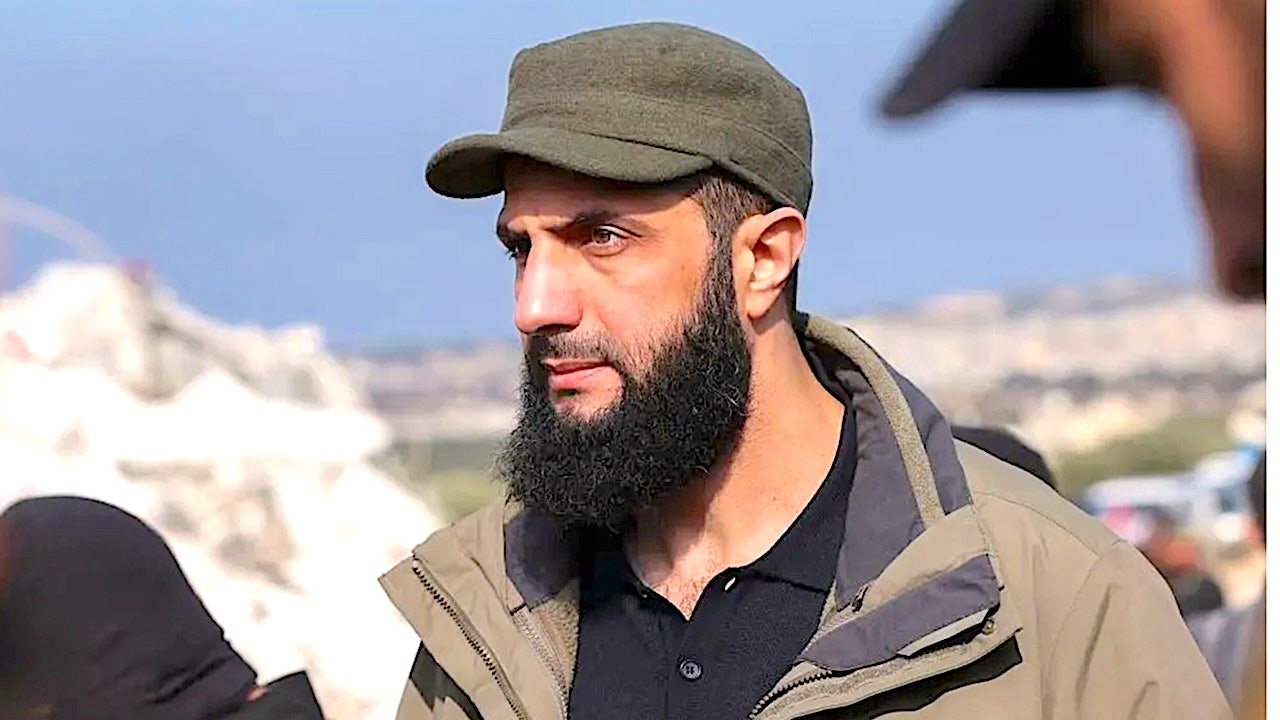
 World6 days ago
World6 days agoSyria’s new president takes center stage at UNGA as concerns linger over terrorist past
-
North Dakota1 week ago
Board approves Brent Sanford as new ‘commissioner’ of North Dakota University System
-

 Technology6 days ago
Technology6 days agoThese earbuds include a tiny wired microphone you can hold
-

 Culture6 days ago
Culture6 days agoTest Your Memory of These Classic Books for Young Readers
-
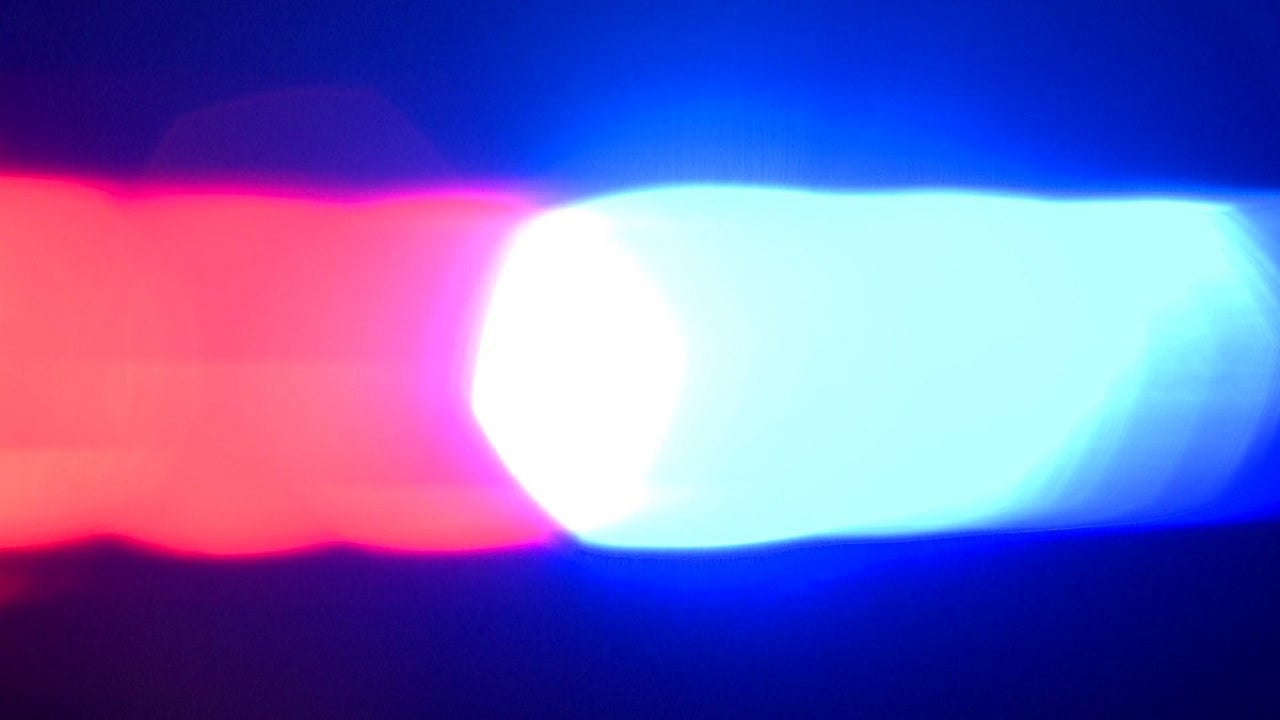
 Crypto6 days ago
Crypto6 days agoTexas brothers charged in cryptocurrency kidnapping, robbery in MN
-

 Crypto1 week ago
Crypto1 week agoEU Enforcers Arrest 5 Over €100M Cryptocurrency Scam – Law360
-

 Rhode Island1 week ago
Rhode Island1 week agoThe Ocean State’s Bond With Robert Redford
